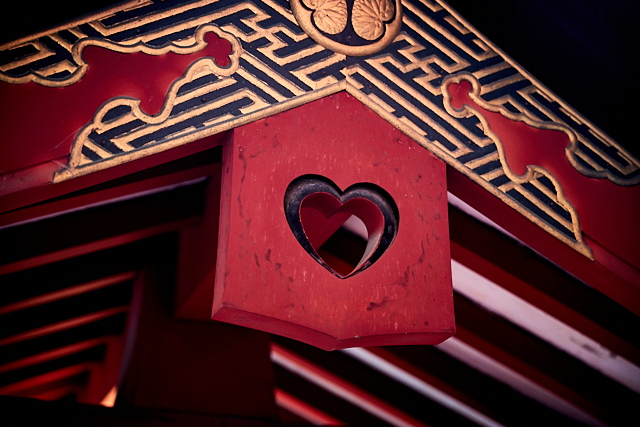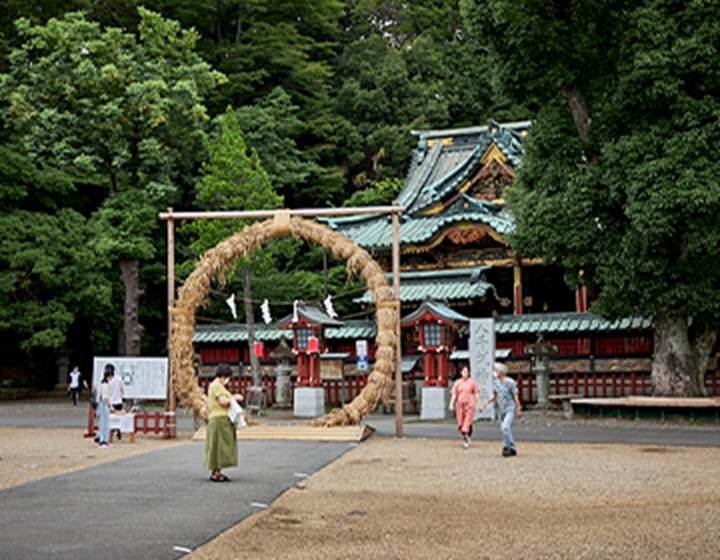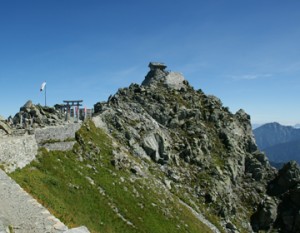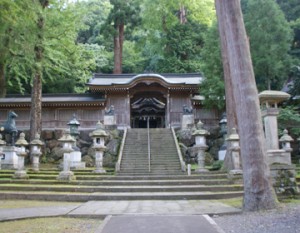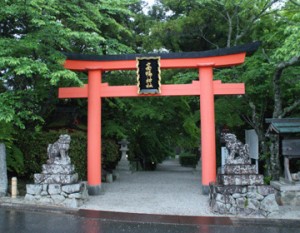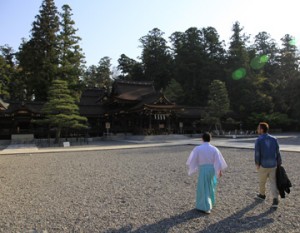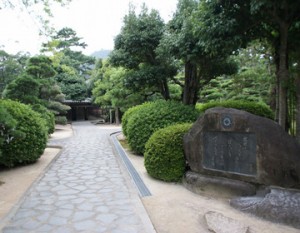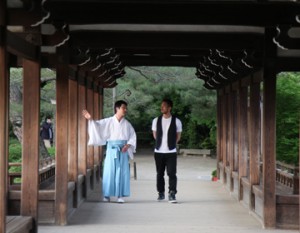Shizuoka Sengen Shrine is the most famous shrine in Shizuoka.
Aoi-ku, which together with Suruga-ku forms the central urban area of Shizuoka City, has been the center of the Suruga area since the Imagawa period of the Warring States period, and Suruga Castle was not only Ieyasu’s childhood residence, but also served as the de facto sub-capital of the Tokugawa regime, including his later rule as Grand Gosho. The layout of the town, which is laid out in a grid pattern, has changed little from the days of Ieyasu’s beloved Suruga Castle. For this reason, when a referendum was held in 2005 on the transition to an ordinance-designated city, the name of the ward was chosen after the Tokugawa family crest, “Aoi” (hollyhock).
Located at the southern foot of Mt. Doki, which juts out into Aoi Ward, the site covers an area of approximately 13,000 tsubo. In 2014, the shrine underwent a large-scale repainting project called “20-year renovation. The 26 buildings of the shrine, which were built at the end of the Edo period and are designated as national important cultural properties, are being repainted one by one.
Shizuoka Sengen Shrine is actually the collective name for three shrines: Kanbe Shrine, Sengen Shrine, and Otoshi Miya Shrine. The Kambe Shrine was built about 2,100 years ago, the Otoshi Ancestral Shrine about 1,700 years ago, and the Sengen Shrine about 1,100 years ago, each with a long history. All three shrines are deeply revered by the Imperial Court, the local priests, and warlords, and are widely worshipped as the head shrines of Suruga Province, the general deities of Shizuoka, and the great shrines of Suruga. There are a total of seven shrines on the grounds, including these three, and visiting them all is called “shichi-sha mairi,” or visiting all seven is said to bring “all one’s wishes to pass.
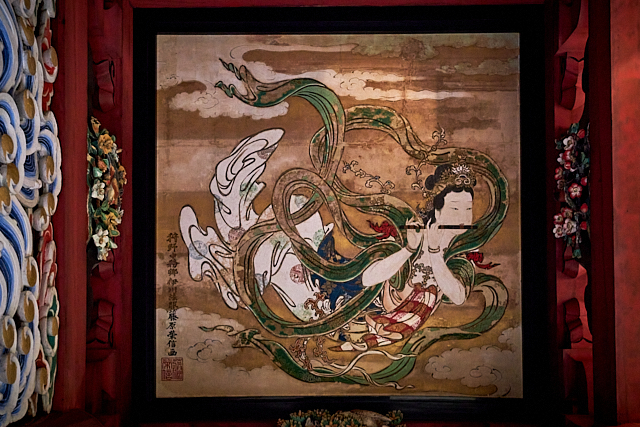
Shrine visited by Tokugawa Ieyasu
The gate, decorated in vermilion lacquer, was built in 1816 and is designated as a national important cultural property. The magnificent Okumeden, also designated as a National Important Cultural Property, is 25 meters high in the sakurakaku-zukuri style and has a 132-tatami-mat area inside. The beams and ceiling are decorated with gorgeous dragons, kylin, and phoenixes. The ceiling paintings by Eishin Kano, Kannobu Kano, and others are decorated, indicating that the temple has been loved by the powerful. It is said that a considerable number of craftsmen were gathered from all over Japan for the construction of the temple. Looking at the colorful decorations, Nakata murmured, “It looks like Nikko Toshogu. It looks like Nikko Toshogu Shrine,” Nakata said. When the shrine was destroyed in a major fire, it was rebuilt at the expense of the Edo shogunate.
As we climbed to higher ground while touring the richly natural grounds, we could see Mt. Unlike ordinary shrines, the worship hall here faces the direction of Mt. Fuji is beautiful from any angle. Fuji is beautiful from any angle. It is easy to understand why people in ancient times worshipped this mountain as a god. We did not have time to visit all seven shrines, but we felt as if we were receiving good vibes just by being here.
